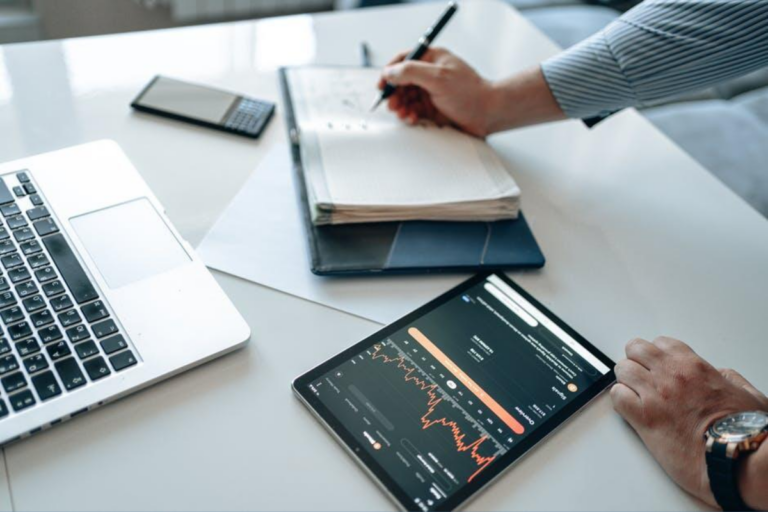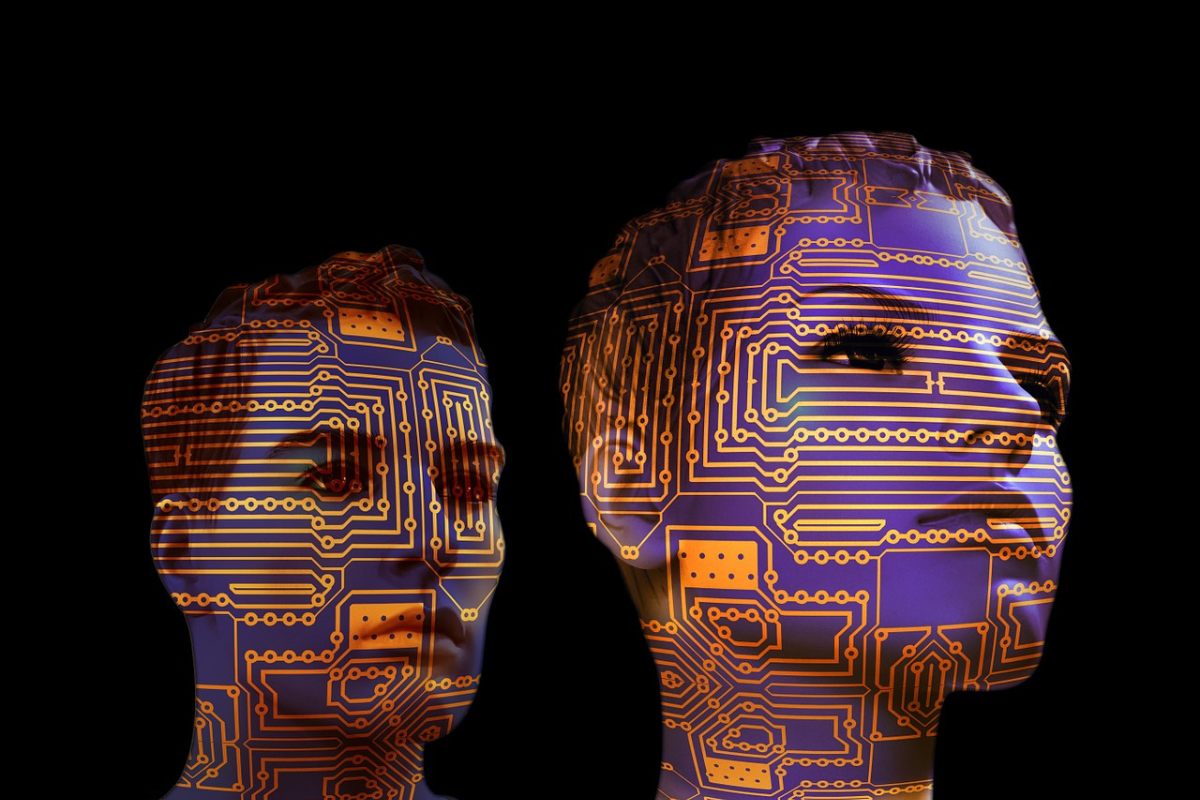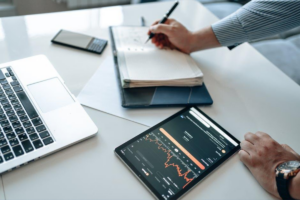Artificial Intelligence has come a long way. However, as technology is getting more advanced, a lot of dangerous things have come to be.
Deepfakes are one of the more damaging aspects of using AI technology. Deepfakes essentially are a way for people to alter and digitally modify videos to make them look completely believable.
This can have disastrous effects on the content that Internet users consume on a day-to-day basis.
As revealed by ExpressVPN, deepfakes can be used to plant false memories in viewers’ minds.
This can result in memory gaps or complete alterations of people’s memories to a drastic level.
It can be said that deepfake technology is increasing the Mandela effect among Internet users, making it difficult for them to discern right from wrong.
That is why knowing how to spot deepfakes while browsing the internet is becoming essential.
Post Contents
What Is Deepfake Technology
A deepfake is an AI technology that uses deep learning algorithms to alter and modify videos digitally.
Deepfake technology can manipulate people’s perceptions and opinions over certain matters. This can not only be damaging to viewers, but it can also increase the spread of misinformation on a huge scale.
When it comes to using deepfakes, people can simply use the technology to create videos or photos that look completely real and believable.
More often than not, the technology is used for malicious purposes. So let’s look at the dangers of deepfake technology and how they can be spotted.

Dangers Of Deepfakes On The Internet
Deepfake technology is getting more and more advanced as time is passing by. As stated above, the technology can be used to spread misinformation.
But what are the repercussions of using it, and how can it alter people’s memories related to certain incidents? To understand this, you should know about the Mandela effect.
The Mandela effect is a psychological phenomenon that refers to an alteration in people’s memory related to certain events that happened in the past.
For example, there are certain brands and TV shows that are being misspelled by users globally because they remember them that way.
The Mandela effect is named after the fact that many people believed Nelson Mandela died in prison, even though he was released and served as president.
Deepfake technology creates a similar effect on the memories of people.
Deepfakes are heavily used by organizations to sway people’s opinions on political matters or to create fake news stories that can cause outrage among the masses.
Not only that, but deepfake technology can also be used to promote certain propaganda campaigns, manipulate social media content and even alter historical footage.
Many reasons support the claim that deepfake is dangerous and Internet users should be made more aware of the technology so that they are not misinformed.
How To Recognize Deepfakes
It is important to educate Internet users to take everything they see online with a pinch of salt.

No one knows whether something they have seen is true or false because it can always be a deepfake. So here are some ways for you to easily spot a deepfake.
First and foremost, you must keep in mind that no matter how advanced AI technology is, it is still unable to completely predict human movements.
So if you sense that a video can be deepfake, try to look for any facial distortions or weird transformations.
These distortions are usually obvious if someone moves their face sideways or if they squint, as it will look unnatural.
Similarly, eye and lip movements can be a huge giveaway for a deepfake video. If you closely examine someone’s eye movements and the shading around their features, you will be able to spot discrepancies quite easily.
It is equally important to note that the lighting changes in deepfake videos are usually unnatural and shift and change irregularly.
Additionally, if someone looks too perfect while they are moving their body parts, or if they move awkwardly and stiffly, chances are that the video is a deepfake.
Another way you can spot a deepfake is by closely listening to the audio. Deepfake videos have weird alterations or irregular voice patterns not present in a human voice.
So, if you see and hear closely, chances are you will easily spot a deepfake.
Conclusion
As stated above, creating believable deepfake videos these days is very easy. Not only are these videos fake, but they can also be used to spread wrong information.
Even though the deepfake technology is quite advanced, there is no certain positive use for it at the moment.
AI technology is heavily used by organizations to promote certain agendas and to sway people’s opinions on important matters.
If Internet users are not made aware of these issues, they can fall into the black hole of misinformation and fall prey to those who make these videos.
That is why steps should be taken to educate people about the dangers of deepfake technology and how to spot deepfake content online.






























